This is the second document of a series of three defining a reference architecture for the continuum. In the previous one, different building blocks were identified setting the path for the different aspects to be taken into account while defining the architecture. The next step is, then, to develop a functional overview of this reference architecture from this big picture to a more complete one providing the basic information to understand the interconnections between the abovementioned building blocks.
Functional architectures are needed to properly understand how a system acts and interacts. This is even more relevant within the continuum, as the gap between IoT and edge/cloud must be covered. In this sense, the work already performed aims to go one step further of other available architectures tackling one or two pillars of the continuum, by integrating the three of them totally agnostic of the application domain, that is, not influenced by any vertical or potential use case but flexible enough to address most of their needs.
This paper focuses on the minimum set of functionalities needed for the continuum lifecycle management as well as the relationships between them, providing different diagrams representing each of the initially identified building blocks and their interrelationships, with the main goal of developing the homogenised version of the Reference Architecture for the continuum.
